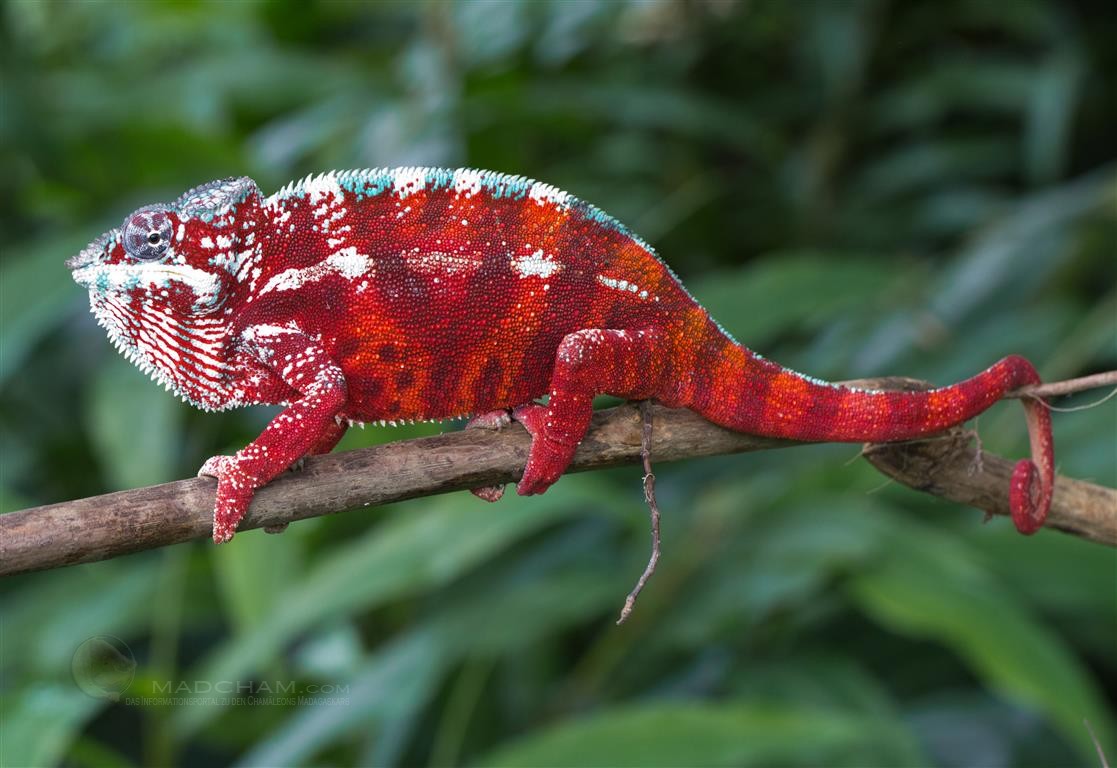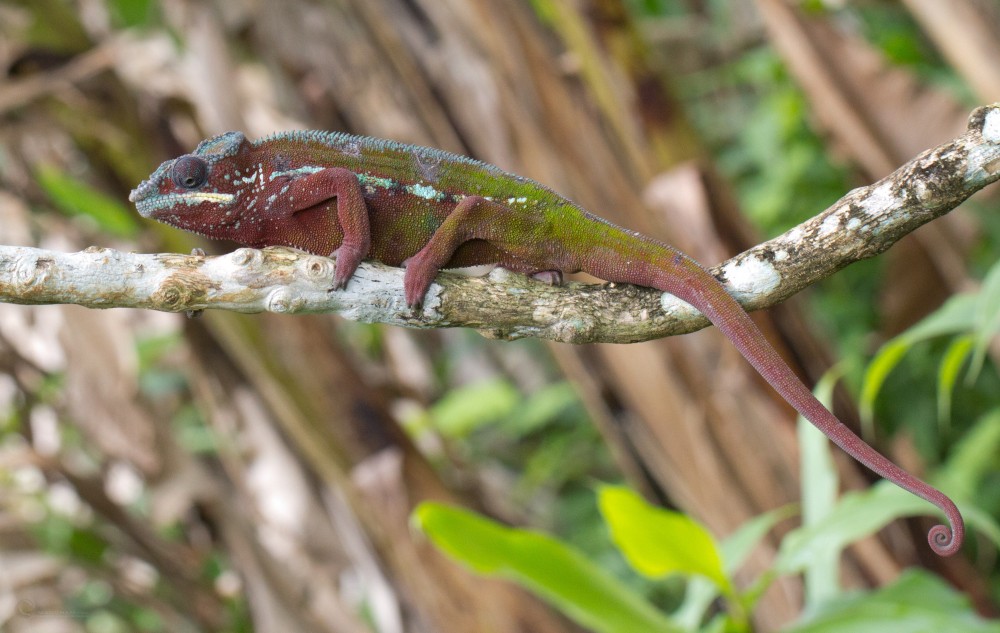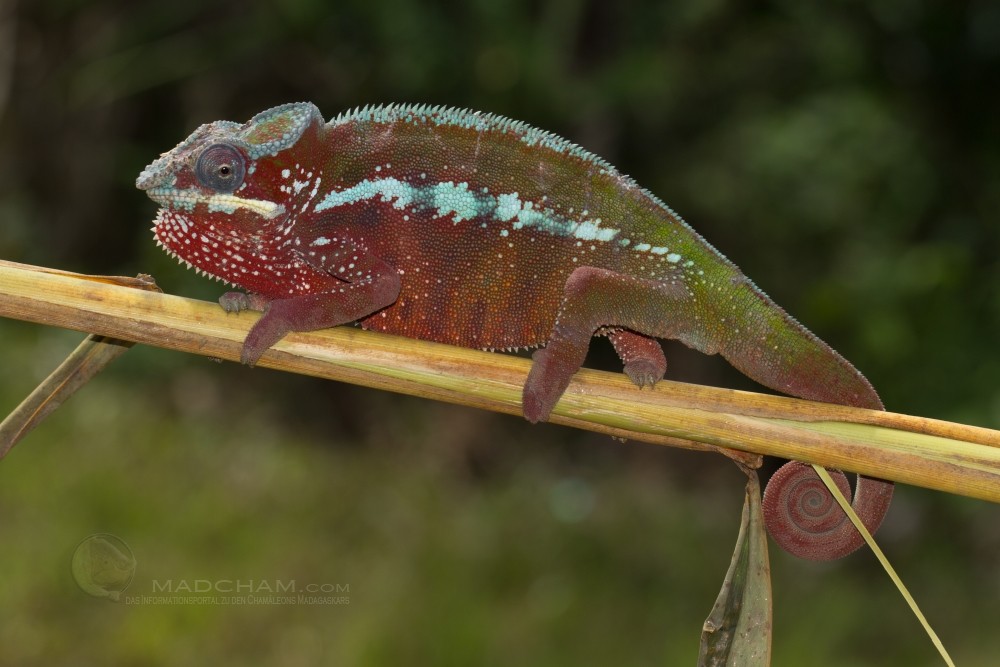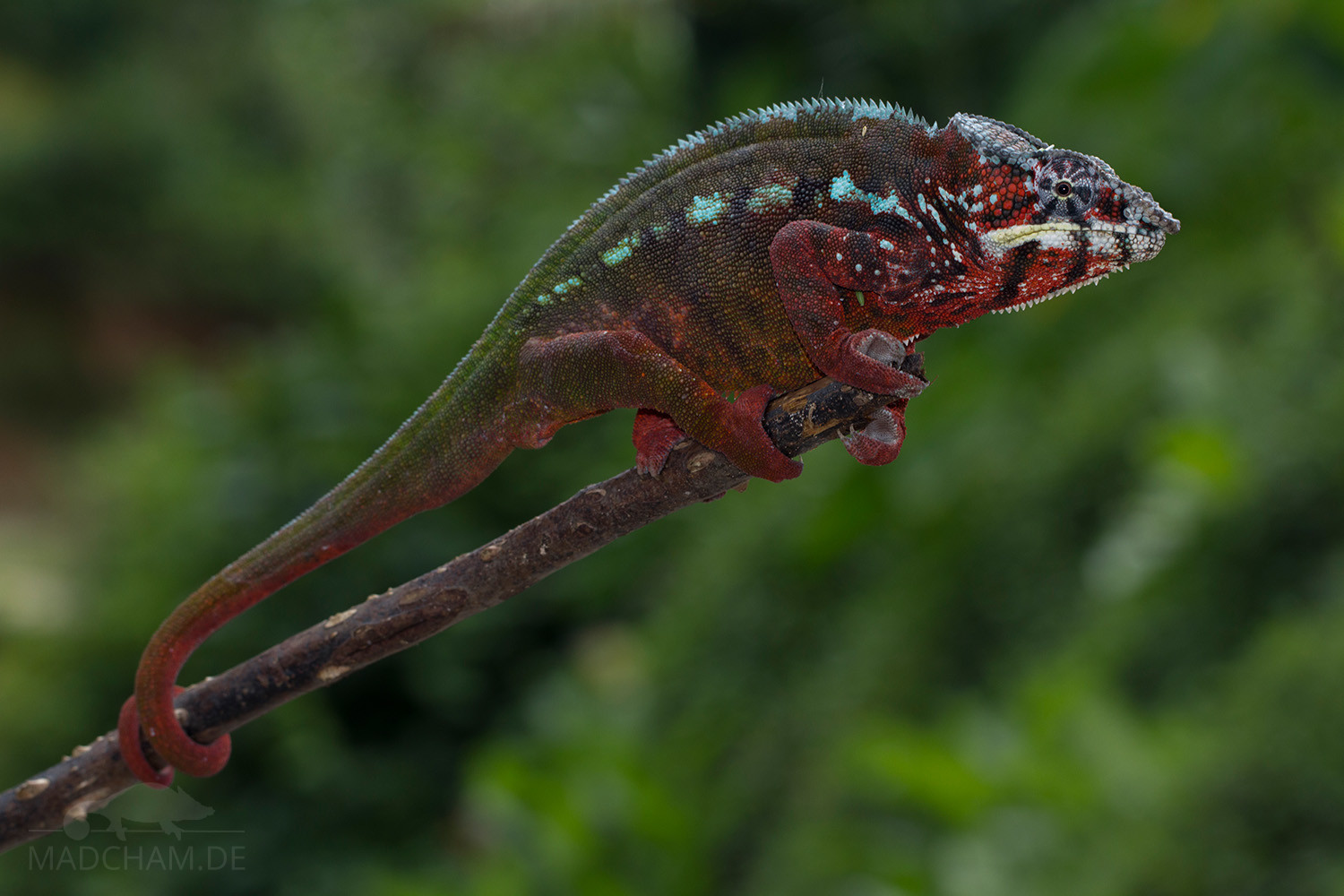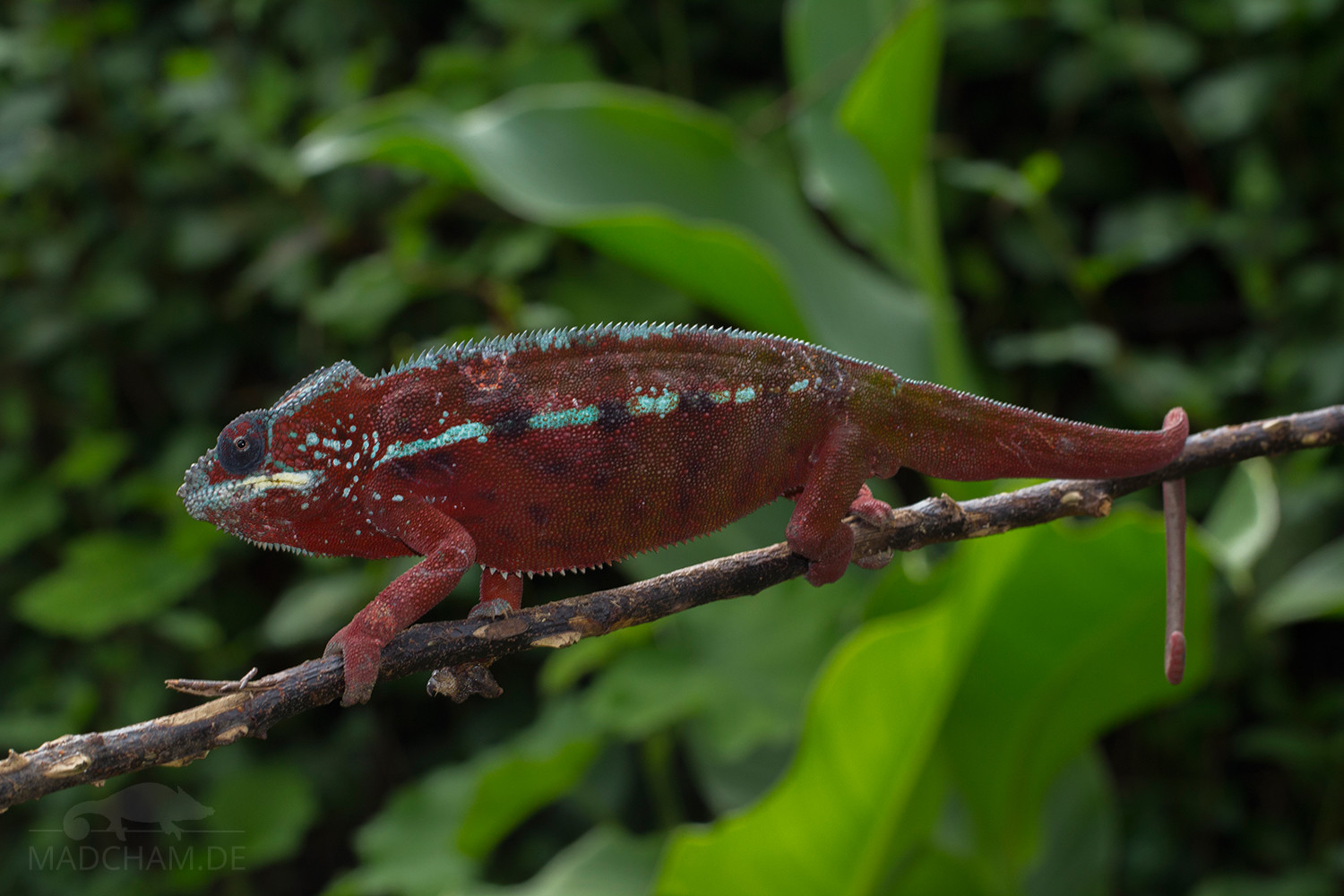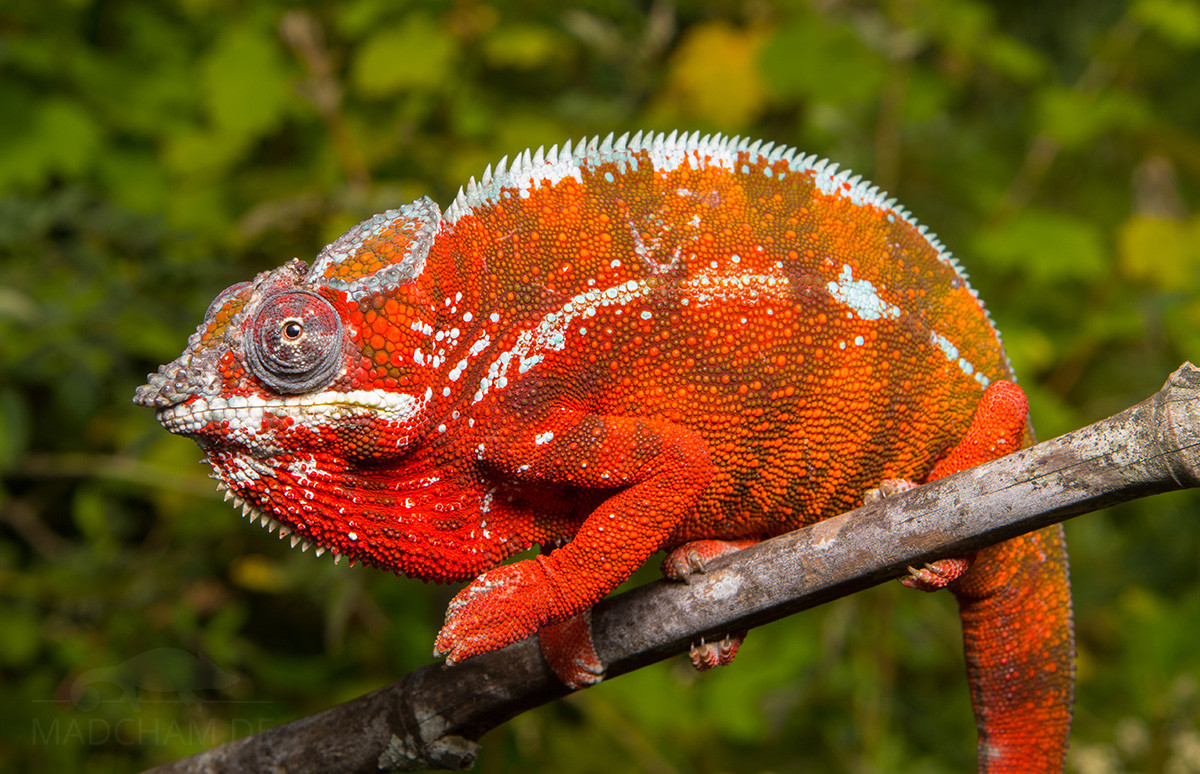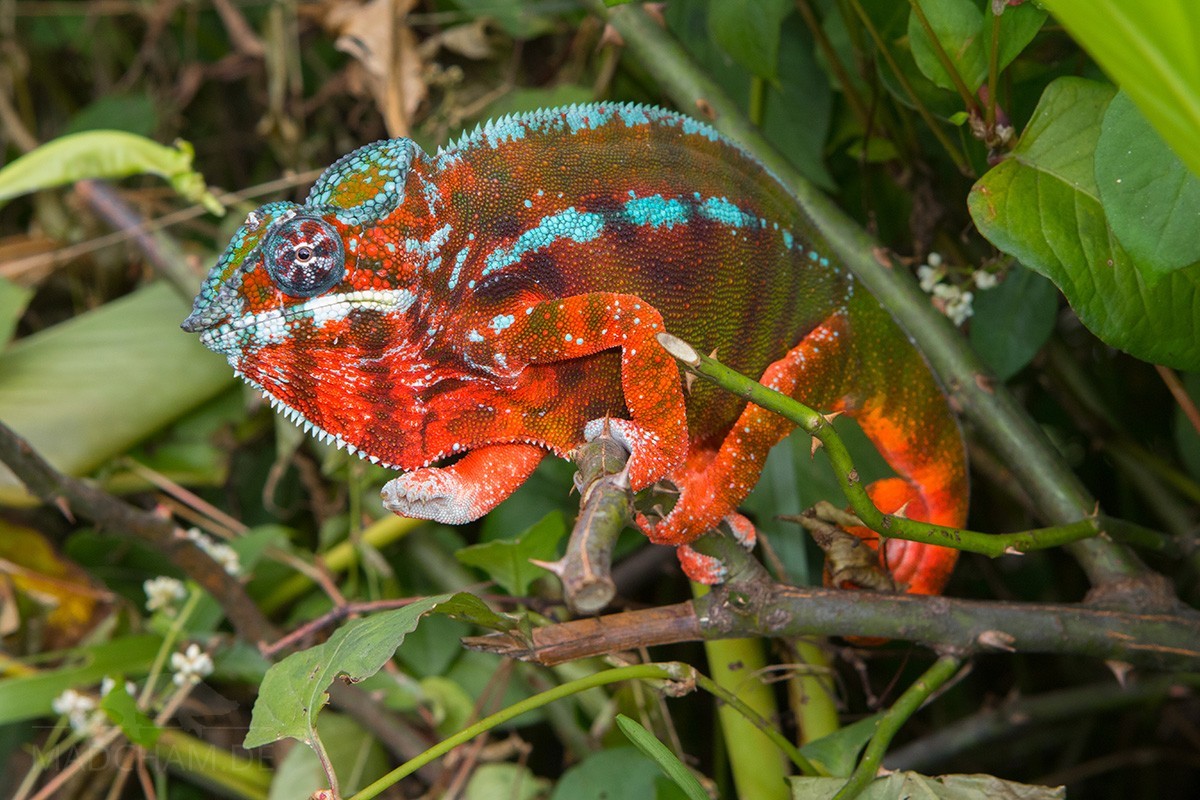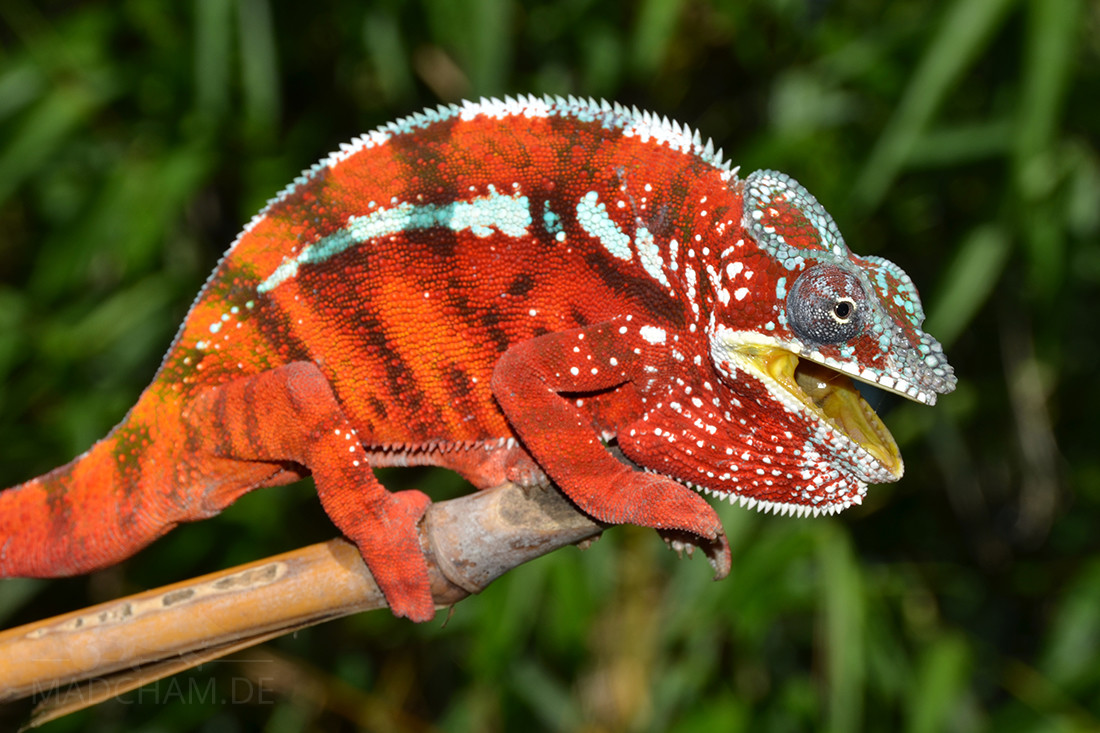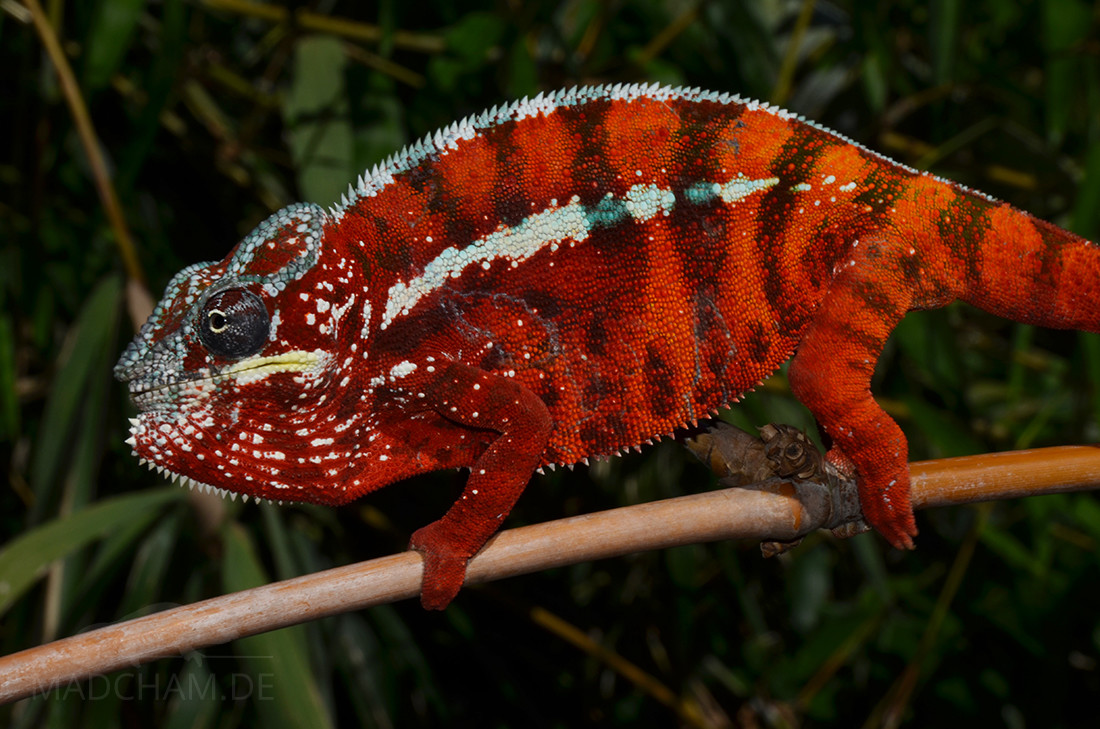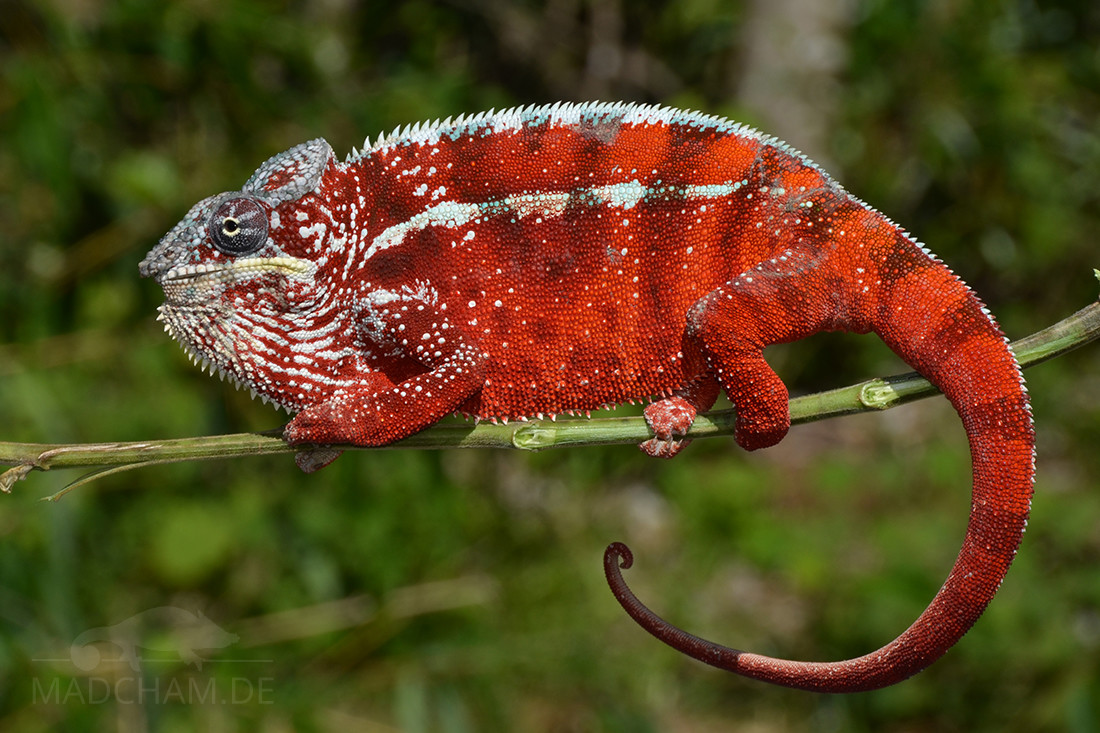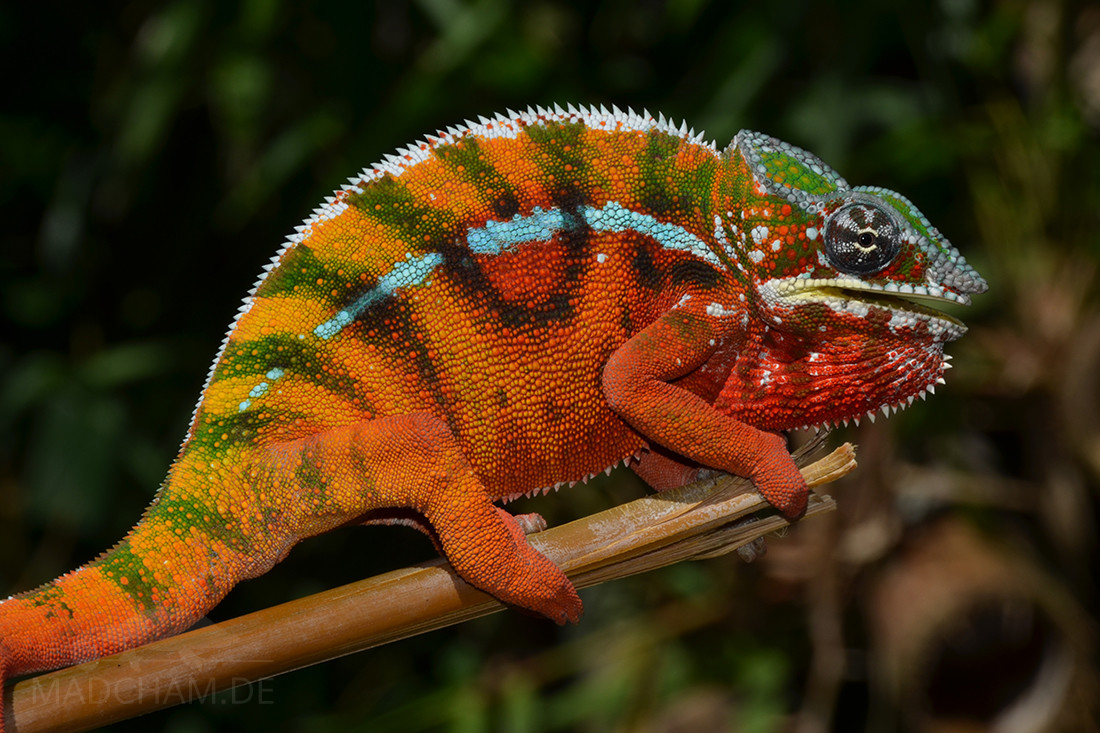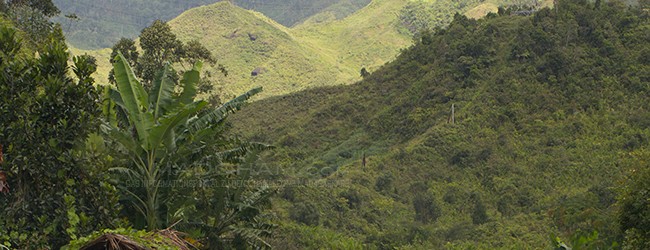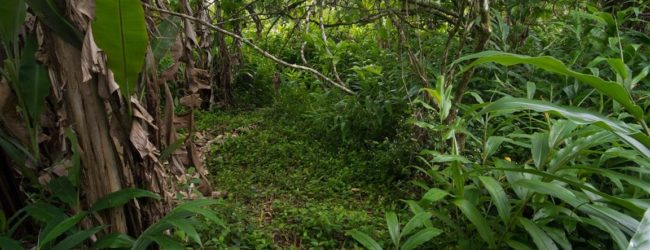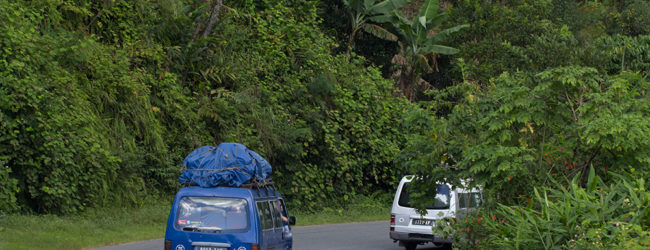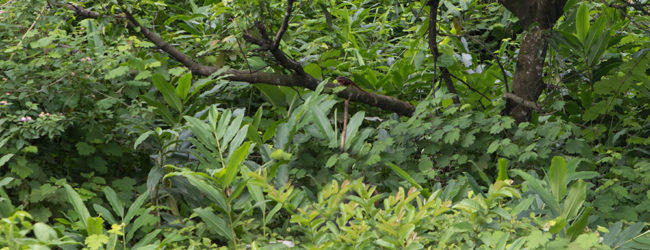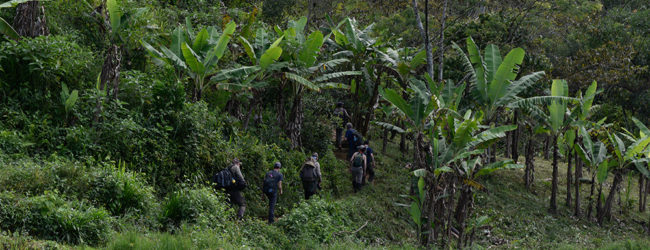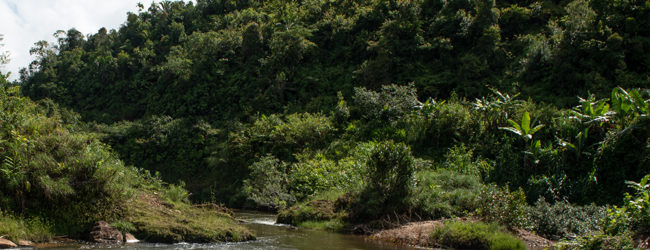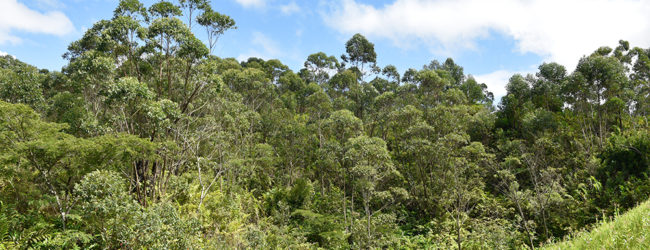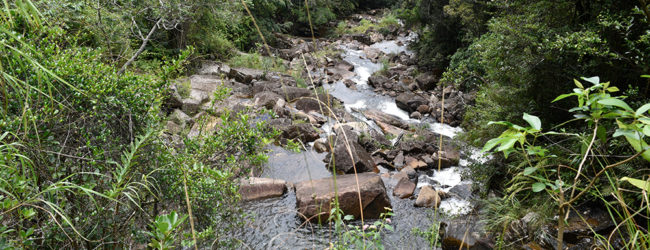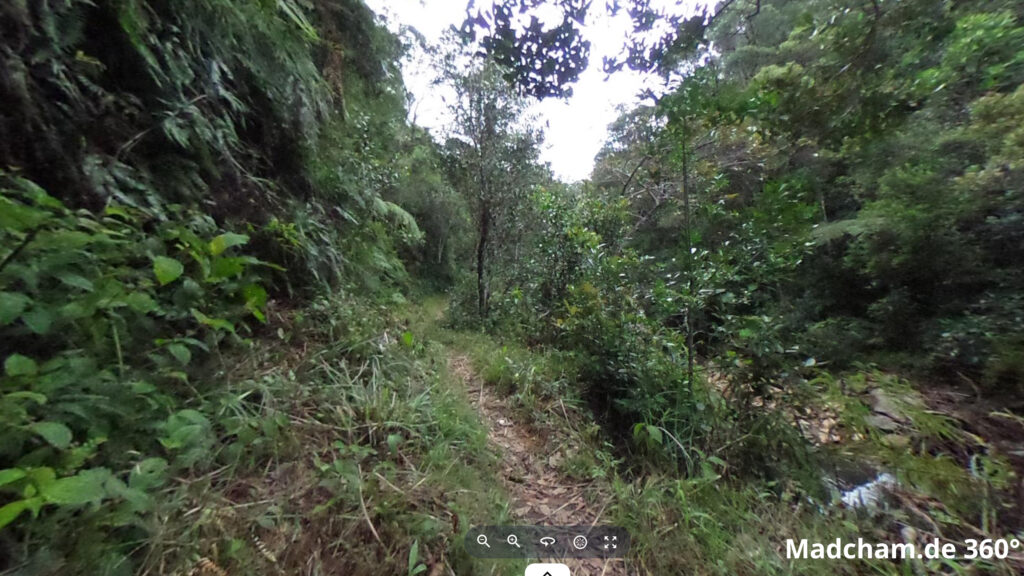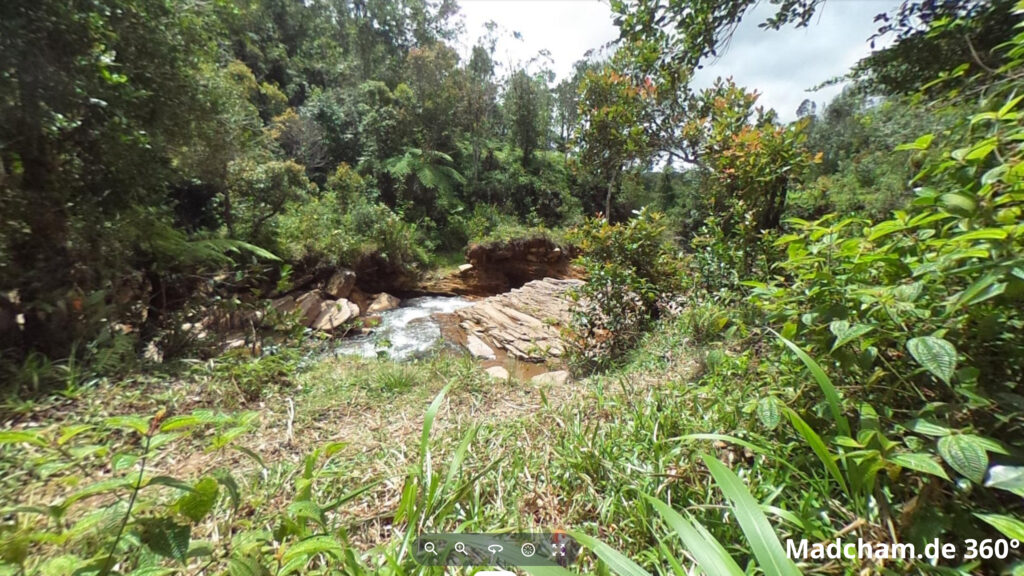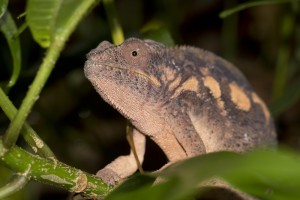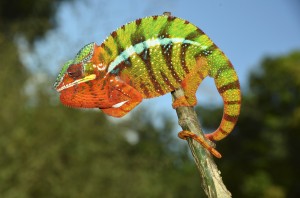Distribution of the local form Vohimana:
Vohimana reserve is close to Andasibe-Mantadia national park in eastern Madagascar, only 150 km and thus a few hours by car via RN2 from the capital Antananarivo. Andasibe-Mantadia, formerly called Périnet, is the most visited national park in Madagascar with a good infrastructure. But Vohimana belongs to the less-visited parts of the area with less infrastructure and some shack villages. It is situated at an elevation of 900 m which is rather unusual for panther chameleons. We have so far observed a similar altitude mainly in Marojejy. The distribution of the local form Vohimana extends to Ampasimbe. The people in Ambavaniasy (on the edge of the Vohimana reserve) already live partly from ecotourism, but most of them further east still grow maize, rice or bananas or keep zebus.
Appearance of the local form:
The basic color of the males from this local form is red with green color in the posterior and lower part of the body. When stressed they become orange, whereby some individuals become almost completely deep red with white stripes and turquoise dots. We assume that the red color intensifies with growing age.
Weight table
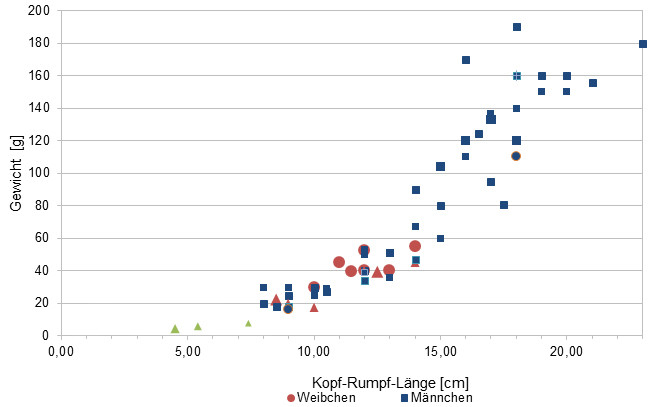
Gewicht = weight in grams, Kopf-Rumpf-Länge = snout-vent-length in cm
Since 2015, we have been measuring the weights of most chameleons that we found in Madagascar, of course only if practicable with calm animals (and working scales). Up to date, we have only a few weights. Over the long term, we want to get an average weight in proportion to the snout-vent-length (measured from the tip of the nose to the cloaca) from a large number of measurements for each Madagascan chameleon species. It is important to know that weights were all measured at the end of the rainy season when the chameleons have been having the highest food supply of the year. So our table may show the maximum weights of chameleons in Madagascar. Triangular symbols in females mean not pregnant, spherical symbols mean pregnant. Despite our earlier assumptions, it has turned out that in Furcifer pardalis, there seem to be no significant differences in SVL-weight-ratio between the different local forms.
| Jan | Feb | Mar | Apr | May | Jun | Jul | Aug | Sep | Oct | Nov | Dec | |
| Average temperature | 23 | 24 | 23 | 24 | 21 | 19 | 19 | 19 | 20 | 21 | 22 | 23 |
| Minimum temperature | 20 | 20 | 20 | 19 | 18 | 15 | 15 | 15 | 15 | 16 | 18 | 19 |
| Maximum temperature | 27 | 27 | 27 | 27 | 25 | 23 | 23 | 23 | 24 | 25 | 26 | 27 |
| Rain days | 27 | 24 | 26 | 19 | 17 | 18 | 21 | 20 | 15 | 16 | 20 | 25 |
We have collected the data given above over several years with thermometers and hygrometers at the finding places of the chameleons. "Average temperature" means that values of a whole month have been calculated to one average value per month. For example all measured minimum temperature values of February have been calculated to one average minimum temperature for February. In plain language, this means single peak values of a day may be a little higher or lower than the average minimum and maximum temperatures. It is possible that a location has an average maximum temperature of 29°C, but one day during that month it had 33°C or even 35°C there.
Examples of daily patterns of temperatures in Vohimana during the rainy season can be found below. They were recorded in 2023/24 with data loggers.
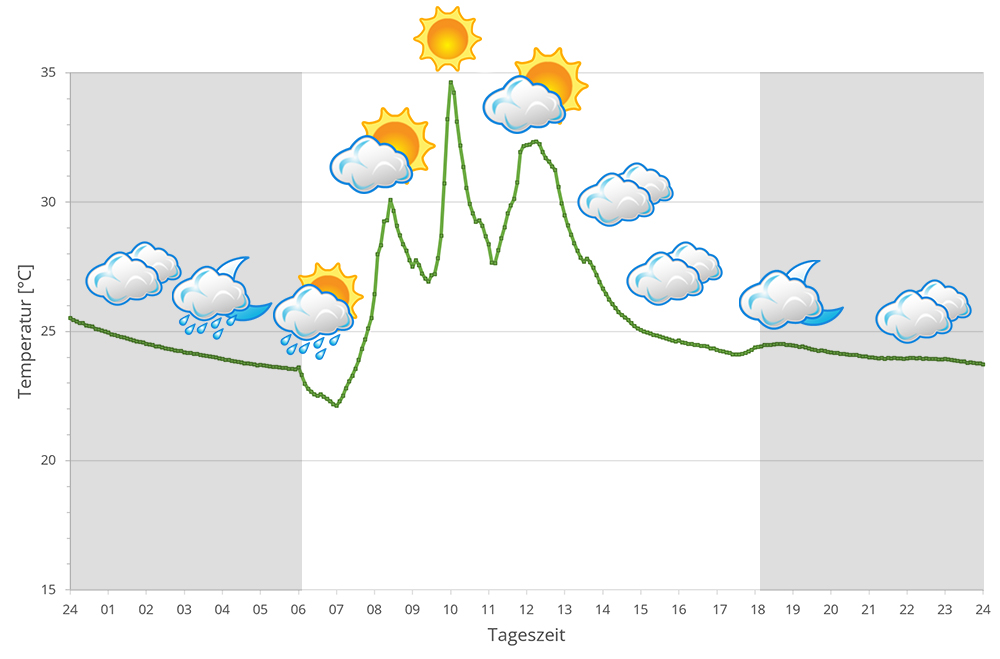
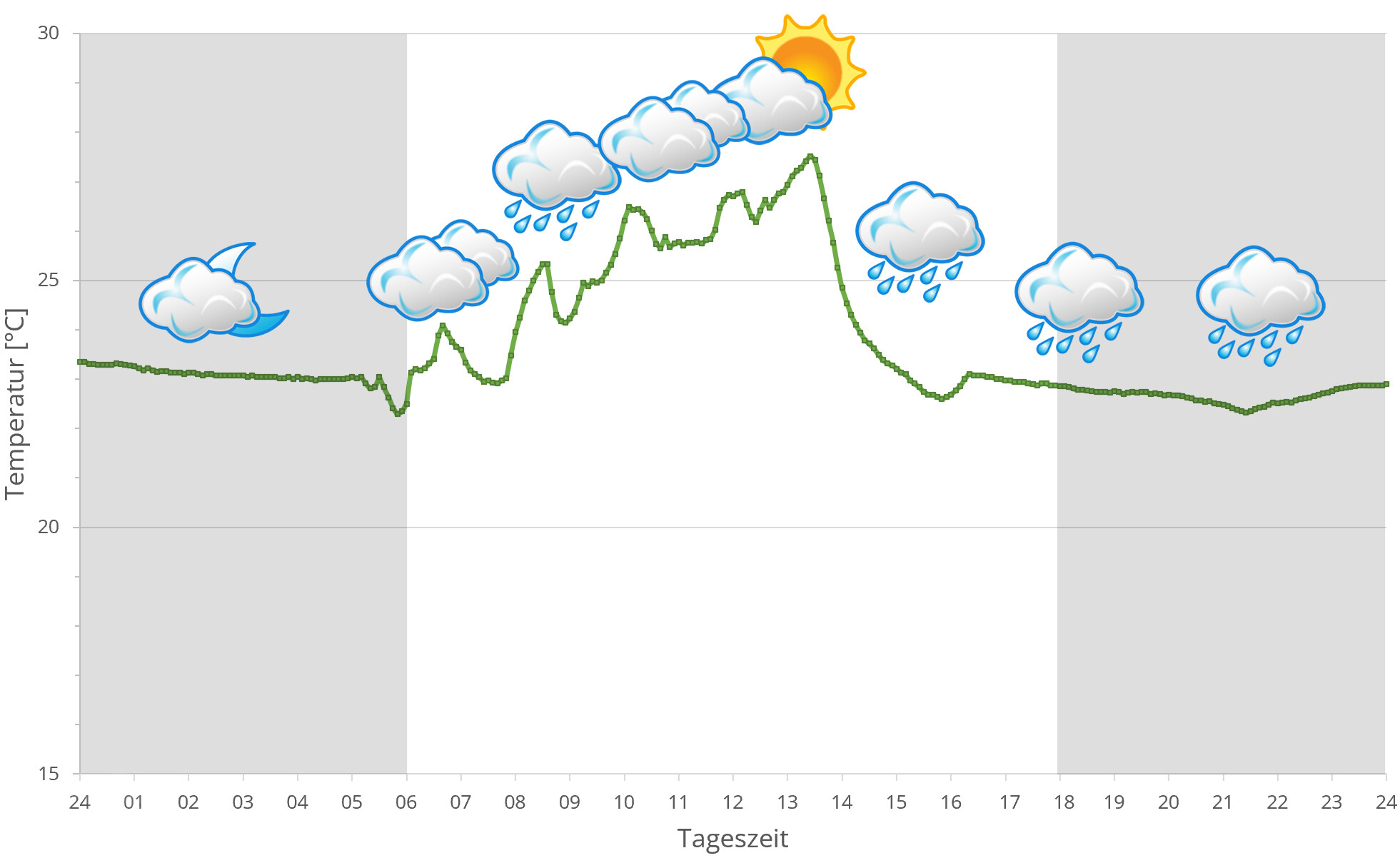
Climate in Vohimana is comparable to region Andasibe-Mantadia. It is also located in eastern highlands on eleveations about 1000 m above sea level. Accordingly, nights can become rather cool with temperatures around 15°C.
During rainy season, it rains daily and intensively. Temperatures reach 25 to 28°C during daytime, in sunny places a little more. In dry season, temperatures are lower and it does not rain daily but still regularly. In 2023/24, we measured relative humidity with data loggers on several days in Vohimana during the rainy season, the data can be found below.
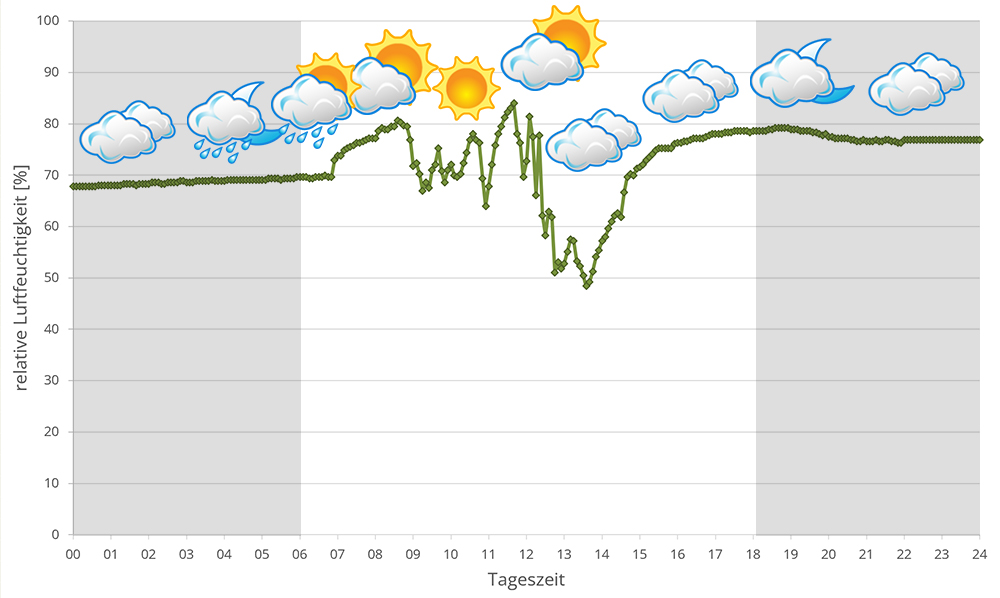
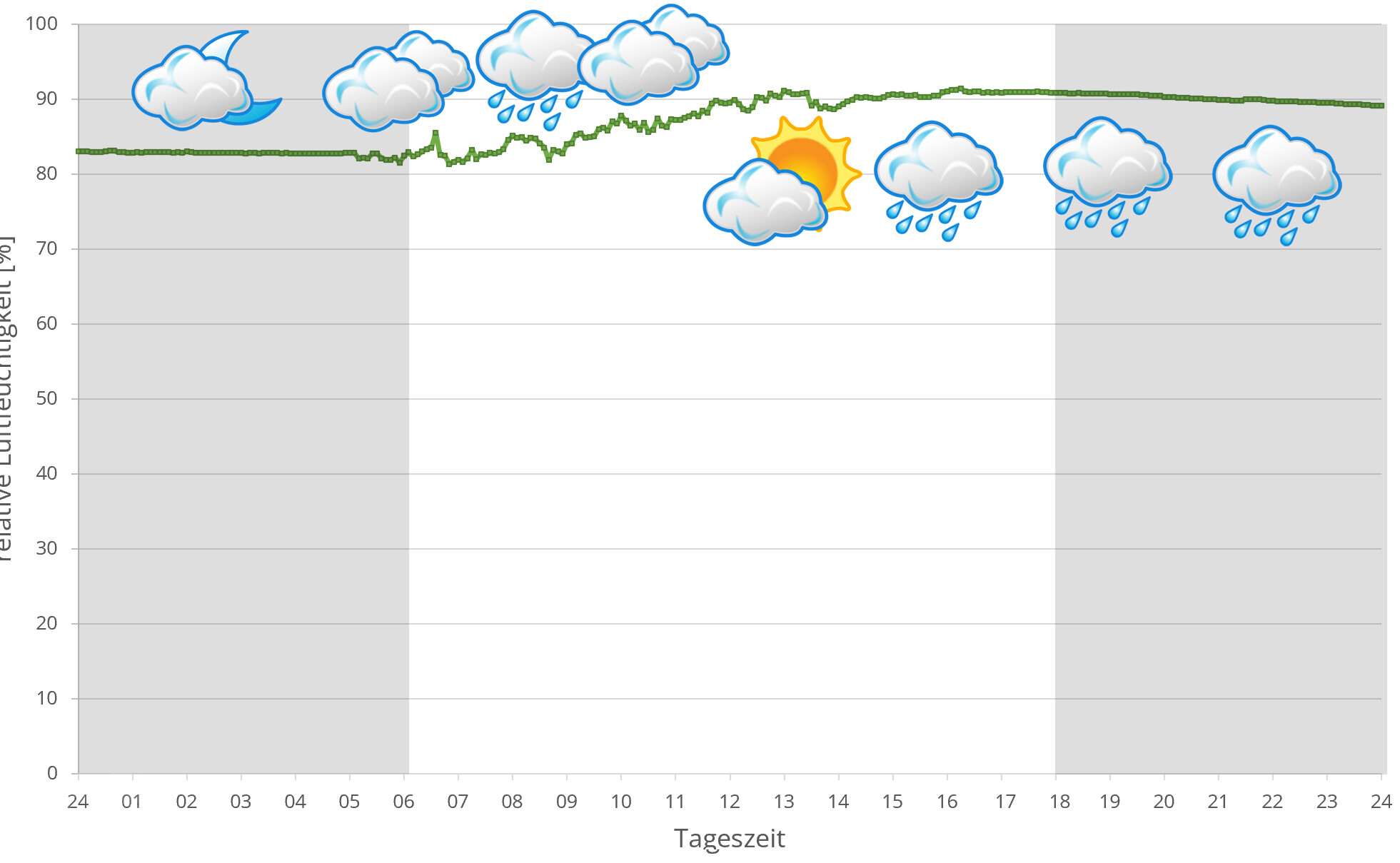
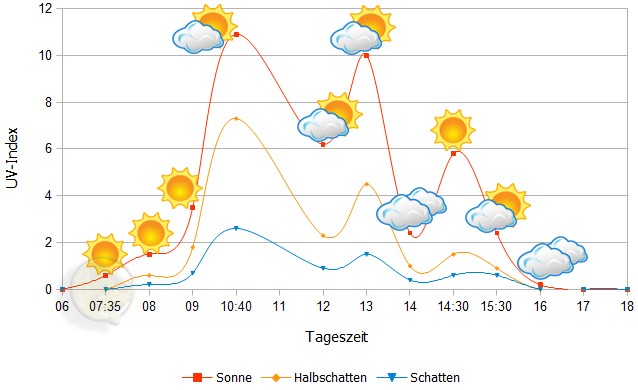
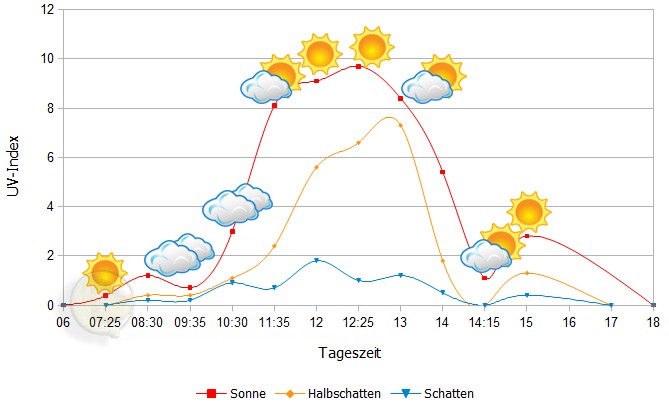 Tageszeit = day time, Sonne = sun, Halbschatten = half shade, Schatten = shade
Tageszeit = day time, Sonne = sun, Halbschatten = half shade, Schatten = shade
We have measured UVB data with a Solarmeter 6.5 in spring (beginning of April) at the peak of activity of chameleons in Madagascar. We always measured the values that a chameleon could maximally reach in its habitat.
In 2023, in addition to other climate data, we also measured the air pressure at the locations we visited in Madagascar. The following data is from a full day during the rainy season in Vohimana. On the X-axis is the time of day or night. In Madagascar, the day begins around 6 am and night falls at 6 pm. TheY axis shows the atmospheric pressure in hPa.
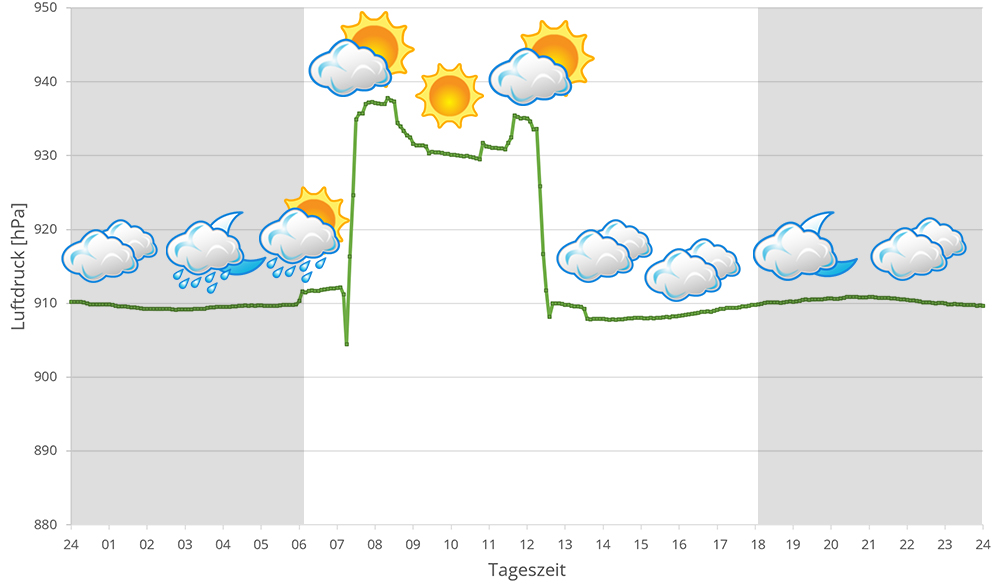
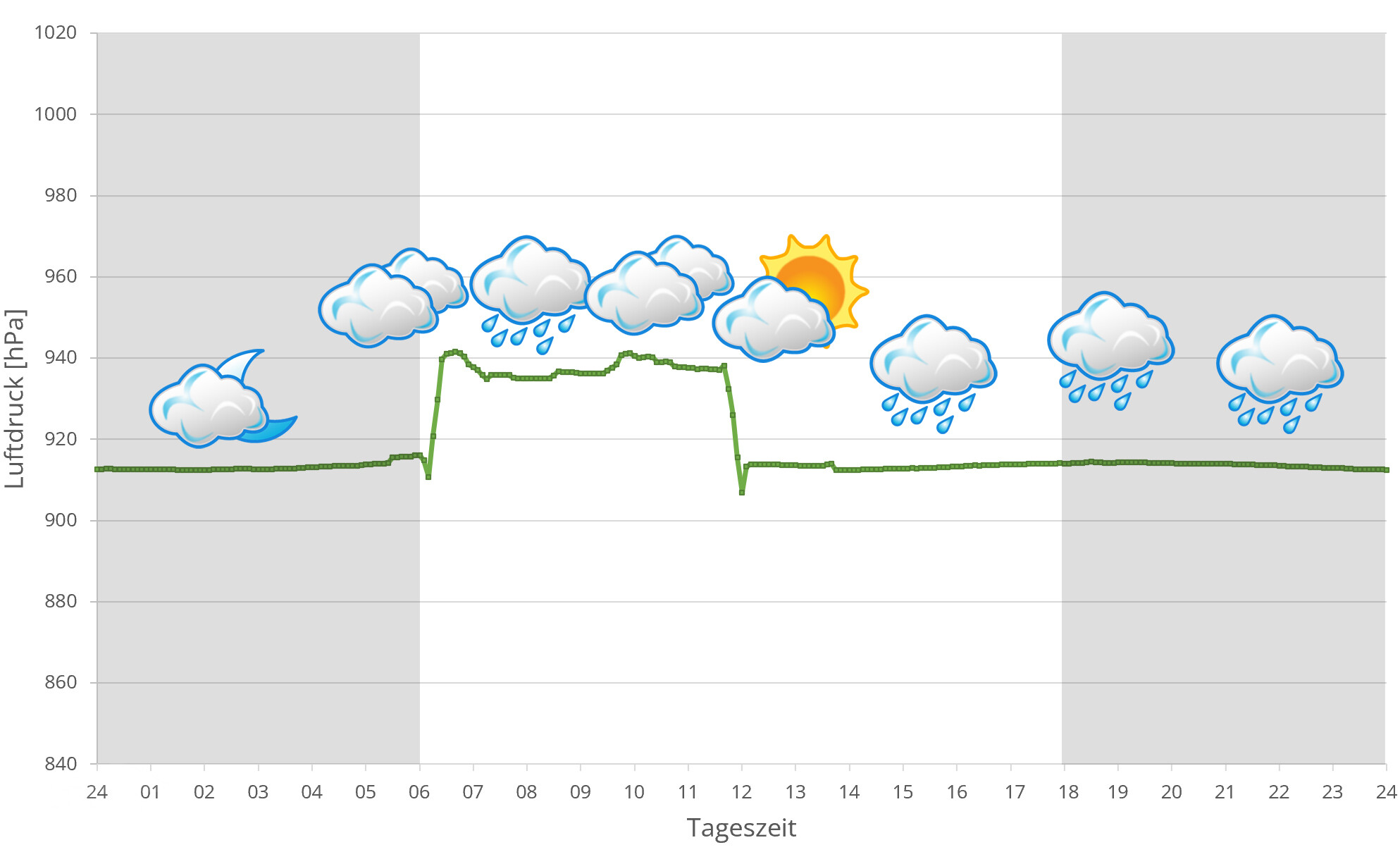
Habitat:
Panther chameleons in Vohimana can be found in banana plantations, open landscape, and highland rainforest. Concerning banana plantations, you shouldn’t think of accurately rowed banana plants on short cut grass. In Madagascar, it’s fully grown areas with old, big trees in between, and there are banana plants all around. The ground is covered by dense undergrowth.
Below you will find some 360° images from Vohimana that we took during the rainy season. If you click on the respective image, the pictures will open in an enlarged view in a separate window. You can use the mouse to rotate in all directions. You also have the option of running the images in full-screen mode. Enjoy!

